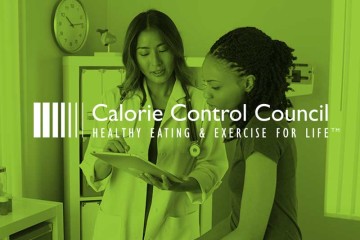

Originally published November 15, 2015 | Republished November 2, 2020 -- According to research from the Calorie Control Council, a typical holiday dinner can carry a load of 3,000 calories (chart). Many of us will figure that we've blown our diet and the holidays are to be enjoyed, so why...
Read More
Keith Ayoob, EdD, RDN, FAND -- Making an extreme dietary change makes great headlines, clickbait, and party conversation. I prefer the real world of small changes. Call them “baby steps” if you like. I prefer baby steps when dealing with lifestyle changes because baby steps are easier to make, and...
Read More
By: Keith Ayoob, EdD, RDN, FAND -- With diabetes now affecting 1 in 11 Americans, it is one of the most common chronic health conditions today. The two most common forms of diabetes are known as “type 1” and “type 2”. Type 1 usually happens in childhood, it is permanent,...
Read More
Keith Ayoob, EdD, RDN, FAND -- The latest statistics from the Centers for Disease Control indicate that 9.4% of the US population – more than 1 in 11 persons – has some form of diabetes. The most common types of diabetes are called “type 1” and “type 2”. Type 1...
Read More
J Clin Endocrinol Metab. 2019 Aug 1;104(8):3481-3490. doi: 10.1210/jc.2019-00161 Galderisi A, Giannini C, van Name M, et al. Download Research Study PDF Objective To test the hypothesis that that the ingestion of glucose and fructose may differentially stimulate GLP-1 and insulin response in lean adolescents and adolescents with obesity. Background...
Read More
J Physiol 597.14 (2019) pp 3573–3585 Hengist A, Koumanov F and Gonzalez JT. Download Research Study PDF Objective To present the hypothesis that hepatic glycogen stores may regulate metabolic responses to fructose ingestion and could therefore be a target to prevent or mitigate the negative metabolic effects of fructose intake....
Read More